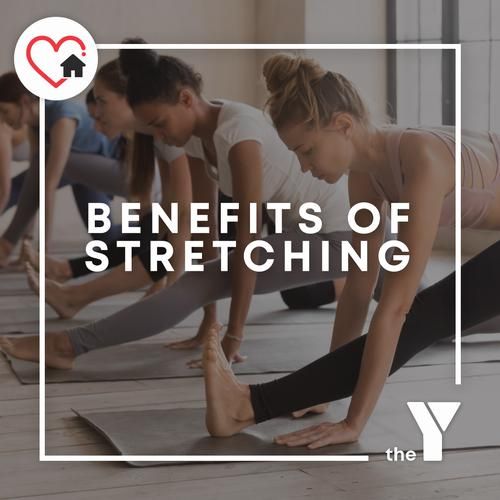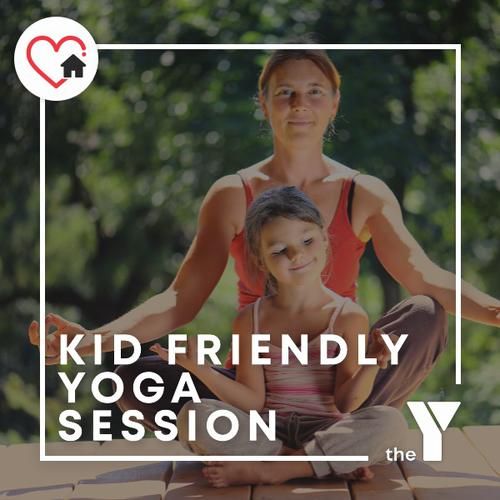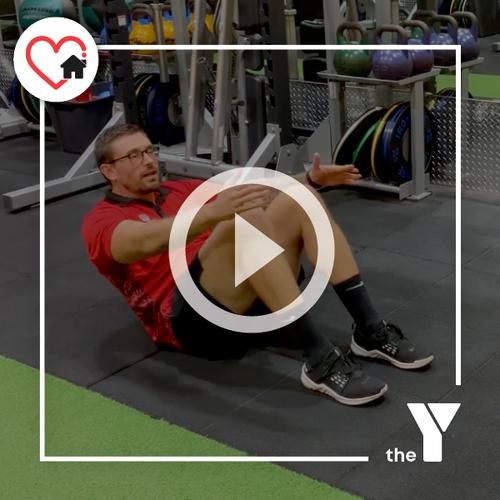Benefits of Stretching

You may think of stretching as something performed only by runners or athletes. But we all need to stretch in order to protect our mobility and independence.
Why stretching is important
Stretching keeps the muscles flexible, strong, and healthy, and we need that flexibility to maintain a range of motion in the joints. Without it, the muscles shorten and become tight. Then, when you call on the muscles for activity, they are weak and unable to extend all the way. That puts you at risk for joint pain, strains, and muscle damage.
Regular stretching keeps muscles long, lean, flexible, and this means that exertion won't put too much force on the muscle itself. Healthy muscles also help a person with balance problems to avoid falls.
Stretching once today won't magically give you perfect flexibility. You'll need to do it over time and remain committed to the process. It may have taken you many months and years to get tight muscles, so you're not going to be perfectly flexible after one or two sessions. Likewise, your road to flexibility freedom can take weeks to months and you'll have to continue working on it to maintain it.
With a body full of muscles, the idea of daily stretching may seem overwhelming. But you don't have to stretch every muscle you have. The areas traditionally critical for mobility are in your lower extremities: your calves, your hamstrings, your hip flexors in the pelvis and quadriceps in the front of the thigh. However, the new world of sedentary screen time has made stretching your shoulders, neck, and lower back as crucial as ever. Aim for a program of daily stretches that splits lower body and upper body at least three or four times per week.
When clubs open again, it’s best to consult a trainer at your local Y who can assess your muscle strength and tailor a stretching program to fit your needs. If you have chronic conditions such as Parkinson's disease or arthritis, you'll want to clear a new stretching regimen with your doctor before you start.
We used to believe that stretching was necessary to warm up the muscles and prepare them for activity. However, research has shown that stretching the muscles before they're warmed up can actually hurt them. When everything is cold, the fibres aren't prepared and may be damaged. If you warm up first, you'll get blood flow to the area, and that makes the tissue more pliable and amenable to change. All it takes to warm up the muscles before stretching is five to ten minutes of light activity, such as a quick walk. You can also stretch after an aerobic or weight-training workout.
Hold a stretch for 30 seconds. Don't bounce, which can cause injury. You'll feel tension during a stretch, but you should not feel pain. If you do, there may be an injury or damage in the tissue. Stop stretching that muscle and talk to your trainer and or doctor.
#theYathome Activity Disclaimer
All participants must ensure they have a clear area to perform all skills and activities prior to commencing the activity. All child related activities must be conducted under parental supervision.
You are responsible for you exercising within your limits. Only perform exercises and skills and repetitions that you are currently capable of performing. If you do not do it at the gym or in your regular Y program, do not attempt to do it at home.
Do not attempt skills, exercises or activities displayed if you currently sustain any injuries or illness that excludes you from physical activity. If at any time you feel you are exercising beyond your current fitness abilities, or you feel discomfort, pain, dizziness or nausea, you should discontinue exercising immediately and seek medical assistance/advice where necessary.
To the extent permitted by law, The Y and its affiliates disclaim any and all liability in connection with the exercises in this video/post and any instructions and advice provided.


